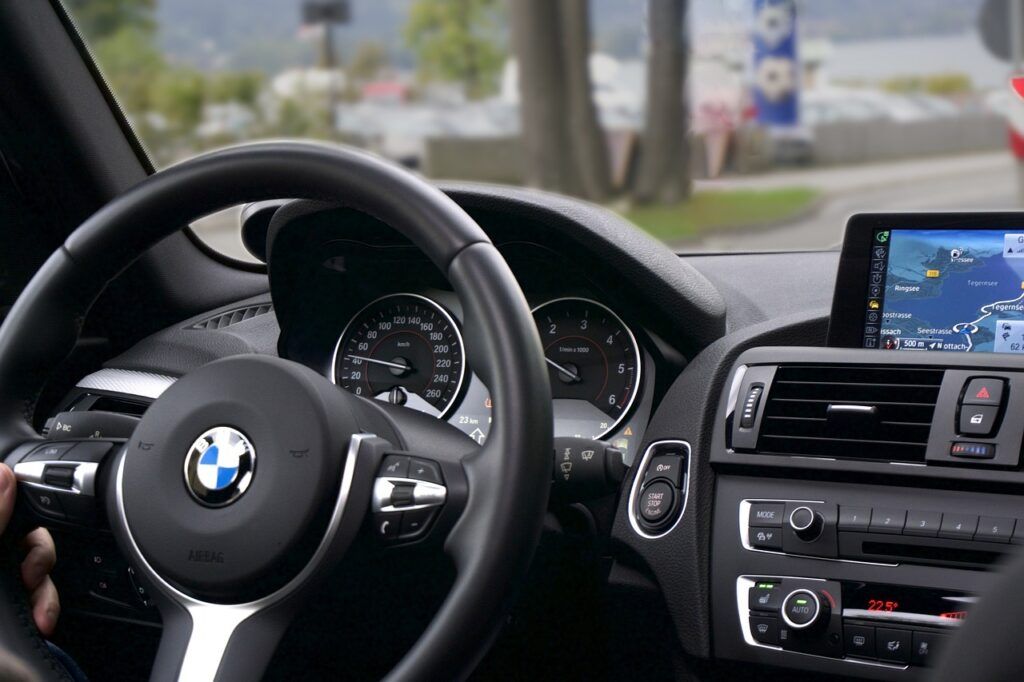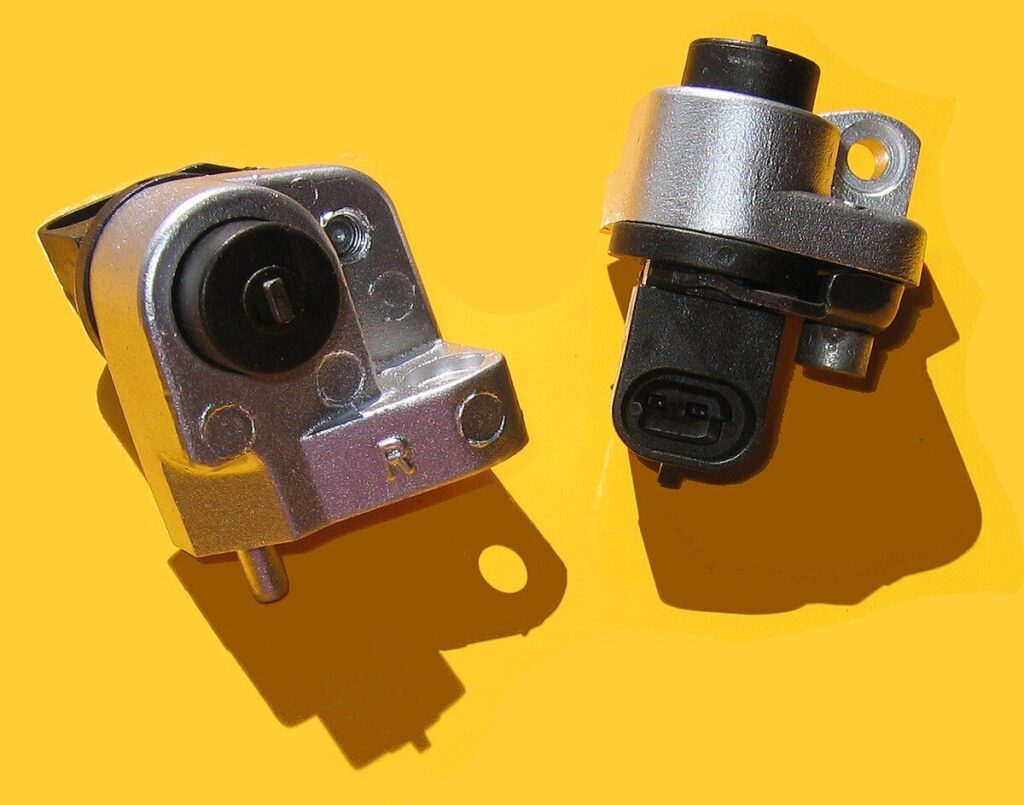
The braking system in your vehicle stands as one of its most critical safety features, a complex network designed to keep you and your passengers safe on every journey. Yet, despite their vital role, brakes are subject to wear and tear, and without proper maintenance, they can fail, sometimes with little warning. Understanding the early signals your car sends is not just about vehicle longevity; it’s fundamentally about preventing accidents and ensuring peace of mind on the road.
Driving with compromised brakes can be incredibly dangerous, reducing your ability to stop safely when it matters most. While modern cars are engineered with redundancies, ensuring total brake failure is rare, neglecting warning signs can escalate minor issues into catastrophic problems. This comprehensive guide, informed by expert insights and detailed observations, is designed to empower you with the knowledge to recognize when your brakes are signaling trouble.
From subtle dashboard lights to noticeable changes in how your vehicle feels and sounds, your car communicates its needs. Being attuned to these communications means you can address potential brake problems proactively, preventing them from becoming severe safety hazards and costly repairs. Here are seven crucial warning signs that your brakes may be on the verge of failure, demanding your immediate attention.

1. **General Brake Light On**
One of the most obvious indicators that something is amiss with your braking system is the illumination of a general brake light on your dashboard. This light serves as a versatile alert, signaling anything from routine maintenance requirements to a burgeoning problem within the system. It’s a clear visual cue that warrants immediate investigation, as ignoring it could lead to more significant safety concerns.
Modern vehicles are equipped with sophisticated dashboard alerts, and the brake light is among the most common. While it can sometimes indicate something as simple as the parking brake being engaged, if your parking brake is off and the light persists, it points to a potential issue that needs professional diagnosis. Consulting your vehicle’s owner’s manual can provide specific interpretations for this and other indicators unique to your car model.
Experts stress that a persistent brake warning light should never be overlooked. It’s your vehicle’s direct way of communicating a potential malfunction, whether it’s related to hydraulic pressure, sensor issues, or other system components. Acting quickly upon seeing this light can help identify and resolve problems before they compromise your stopping power and overall vehicle safety.
In essence, the general brake light acts as a first line of defense, prompting drivers to schedule a brake inspection immediately. It’s a signal that your brake system may not be functioning at full capacity, and prompt action can prevent unsafe driving conditions and further damage to critical components.
Read more about: Unlock the Secrets: 15 Essential Ways to Keep Your Luxury Car Looking Showroom New
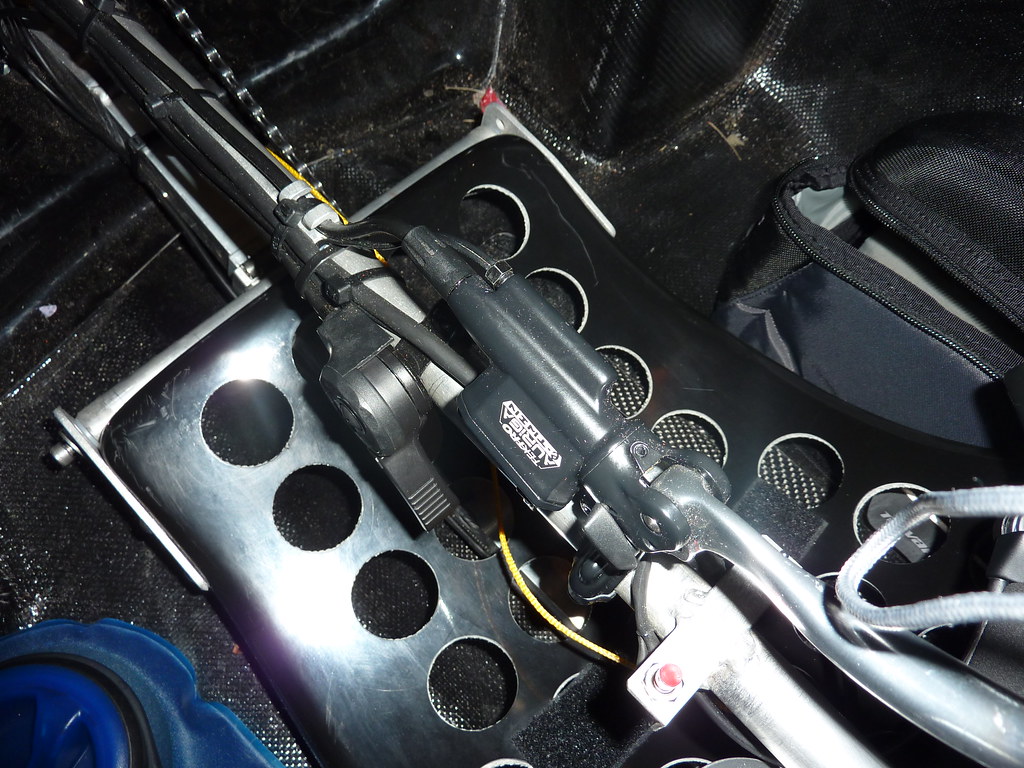
2. **Squealing or Squeaking Noises**
Among the earliest and most common audible warnings of brake issues are high-pitched squealing or squeaking noises. These sounds often originate when you apply the brakes, serving as an important alert that your brake pads are nearing the end of their lifespan. While not always indicative of an urgent problem, they are a clear call to action.
These characteristic noises are typically caused by small metal bits, known as wear indicators, built into your brake pads. As the pads thin out from normal use, these indicators come into contact with the rotor, producing a distinct high-pitched sound. This intelligent design provides an audible signal, letting you know it’s time for brake pad replacement before more serious damage occurs.
It’s important to distinguish these sounds from other potential causes, such as a foreign object like a pebble or debris lodged in your brakes, which might also create unusual noises. However, if the squealing is consistent with brake application, the brake pad wear indicators are the most likely culprit. Addressing this issue promptly can often save you money by preventing the need for rotor replacement, as worn pads can begin to score the rotors if left unattended.
Therefore, if you hear that high-pitched squeal, consider it a friendly but firm reminder from your vehicle. It’s a signal that while your brakes might still be functioning, their efficiency is diminishing, and a professional inspection to assess the pad wear is highly recommended to maintain optimal stopping power.
Read more about: Buyer Beware: 8 Critical Brake Problems That Could Ground Your High-Mileage Sports Car Dreams Long Before 40,000 Miles
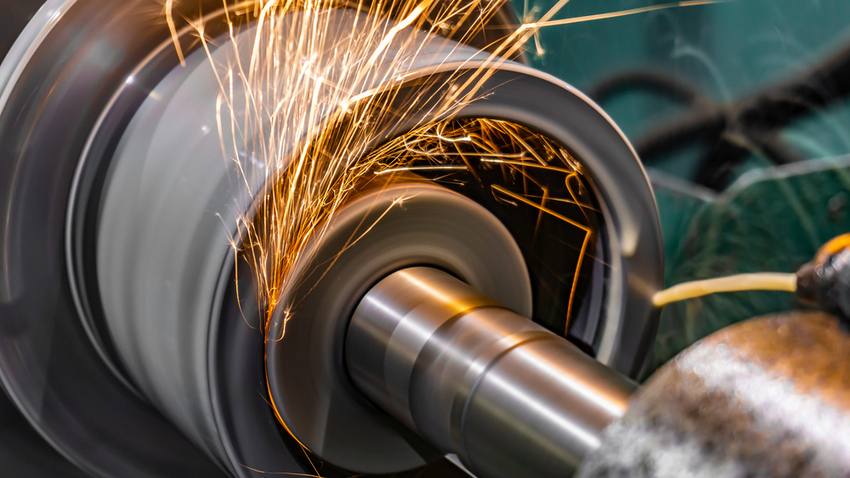
3. **Grinding Noises**
When the high-pitched squeal of worn brake pads evolves into a harsh grinding noise, it signals a far more serious and urgent problem requiring immediate attention. This sound, whether from disc or drum brakes, is a critical warning that your brake pads have worn completely through, and metal components are now scraping against each other. This is not a sound to be ignored.
Grinding noises typically mean that the brake pad or shoe material has been completely depleted, leading to the metal backing plate of the pad or shoe making direct contact with the metal rotor or drum. This metal-on-metal friction causes significant damage to both the pads and the rotors, accelerating wear and potentially leading to a complete loss of braking ability. It also creates a distinctive, alarming sound that should prompt immediate action.
“A grinding noise means your brake pads are completely worn, and metal components like calipers are now directly pressing against the rotors. This can cause serious damage,” as one expert source highlights. The potential for damage extends beyond just the rotors; calipers can also be affected, leading to much more expensive and complex repairs if not addressed without delay. Continued driving under these conditions is highly unsafe and can lead to brake failure.
Upon hearing any form of brake grinding, a trip to a certified mechanic or auto service center is not just recommended, it’s essential. This urgent brake warning sign indicates significant wear that has progressed beyond simple pad replacement, demanding immediate professional attention to prevent further brake system damage and restore safe braking performance.
Read more about: Unexpected Appliance Disasters: 10 Common Breakdowns That Cause Genuine Homeowner Panic – And How to Tackle Them Confidently
4. **Wobbling, Vibrating, or Pulsing When Braking**
Experiencing a wobbling, vibrating, or pulsing sensation through your steering wheel or the entire vehicle when you apply the brakes is a clear indication of underlying brake problems. This irregular movement affects the smoothness of your braking and is typically a symptom of issues with your brake rotors, which are integral to your vehicle’s stopping mechanism.
Brake rotors are large metal discs attached to each end of your vehicle’s axle. When you brake, the pads press against these rotors to stop the wheels from spinning. A smooth braking experience relies on a perfectly flat and even rotor surface. If the rotor surface is not flat—a condition often referred to as ‘rotor warping’ or having ‘uneven areas’—the brake pads will not make consistent contact, causing the vibrations you feel.
Over time, it’s normal for rotors to wear down. However, braking friction can also cause an uneven transfer of pad material to the rotor surface. If this pad material accumulates unevenly, it results in the pulsating or vibrating sensation. The problem tends to worsen over time as more material accumulates, making the surface even more irregular. “Warped rotors cause an uneven surface, which leads to vibrations that you can feel in the steering wheel,” confirms an expert perspective.
During brake servicing, mechanics can often smooth or ‘resurface’ the face of the rotor to correct these flaws. However, if the rotors are too far worn or damaged, replacement becomes necessary. Addressing wobbling or pulsing promptly is crucial, as this symptom can quickly escalate, particularly during heavy braking, compromising both comfort and safety.
Read more about: Auto Guru’s Ultimate Guide: Smart Hacks to Silence Squeaky Brakes – No Special Tools Required!

5. **Leaking Brake Fluid**
Detecting puddles or streaks of fluid underneath your vehicle is always a cause for concern, and if that fluid is brake fluid, it constitutes a serious and immediate safety hazard. Brake fluid is an essential component of your hydraulic braking system; without it, your ability to stop your vehicle safely is severely compromised, if not entirely lost.
Brake fluid plays a critical role by creating hydraulic pressure, which in turn pushes the brake pads against the rotors to slow and stop your wheels. If there’s a leak in any part of the brake lines, calipers, or the master cylinder, this pressure cannot be maintained. The result is a loss of effective braking power, leading to dangerous situations where your vehicle might not stop when needed.
Identifying brake fluid is important: “Brake fluid looks clear or yellow and brown when worn well,” notes one source. Fresh brake fluid typically appears clear to amber, while older fluid may be darker due due to contamination. It’s distinct from engine oil, which is usually golden, dark brown, or black, or other vehicle fluids. Regularly checking under your vehicle, perhaps by parking in a clean spot or placing cardboard underneath, can help you spot these telltale signs early.
“Any brake fluid leaks require immediate attention to maintain safe braking ability.” If you observe brake fluid leaking, it is imperative to have your vehicle inspected and repaired without delay. Driving with compromised brake fluid levels is extremely risky and can lead to total brake failure, putting your safety and the safety of others on the road at profound risk.
Read more about: Buyer’s Remorse on Full Display: 15 Vehicles Motorists Swear They’d ‘Unchoose’ if They Could, According to Driver Confessions

6. **Spongy or Soft Brake Pedal**
When you press down on your brake pedal, you expect to feel a firm, consistent resistance. If, instead, the pedal feels unusually soft, mushy, or travels much further down towards the floorboard than normal, it’s a significant warning sign that your braking system is experiencing a problem. This sensation indicates a loss of hydraulic pressure, which is critical for effective braking.
This ‘mushy pedal’ feeling often points to issues such as air or moisture having infiltrated the brake lines, or a problem with the master cylinder. The master cylinder, typically located in the engine compartment near the brake pedal, is where the hydraulic pressure for the entire braking system originates. If it’s malfunctioning, the pressure you apply to the pedal won’t effectively activate the calipers to press the pads against the rotors.
“When your brake pedal feels mushy, it’s often due to a loss of hydraulic pressure caused by low brake fluid or air bubbles in the brake lines. This requires immediate attention,” as explained by experts. Air in the lines compresses, rather than transmitting force, leading to that soft pedal feel. Moisture can also contaminate the fluid, reducing its effectiveness and leading to issues, especially under braking heat.
Recognizing a spongy or soft brake pedal is crucial because it directly translates to reduced braking effectiveness. In an emergency, this could mean the difference between stopping safely and being unable to avoid a collision. If you notice this symptom, scheduling a brake system inspection and potential bleeding or fluid replacement should be an immediate priority to restore proper hydraulic function and safety.
Read more about: Buyer Beware: 8 Critical Brake Problems That Could Ground Your High-Mileage Sports Car Dreams Long Before 40,000 Miles

7. **Car Pulling to One Side When Braking**
If your vehicle consistently pulls strongly to the left or right when you apply the brakes, it’s a clear indication that your braking system is not applying pressure evenly across all wheels. While this could be caused by various vehicle issues, it is frequently a direct symptom of problems within the brake components on one side of the car, requiring prompt professional attention.
This phenomenon occurs when one brake is working effectively while another is not, or is working less efficiently. For instance, if a front brake on the right side is functioning properly but the left front brake is compromised, your car will pull to the right due to the uneven braking force. This imbalance significantly affects your vehicle’s stability and control, particularly during emergency braking situations.
Potential causes for a car pulling to one side include uneven brake pad wear, a stuck caliper, or even issues with contaminated brake fluid impacting one side more than the other. “If your car pulls to one side, it’s often due to uneven braking pressure caused by problems like a stuck caliper, uneven brake pads, or issues in the hydraulic system,” according to informed sources. A stuck caliper, for example, might either fail to engage or remain engaged, creating continuous drag and pull.
While front brake issues causing a pull are often immediately noticeable, problems with a single rear caliper might go unnoticed for longer, subtly affecting vehicle handling. Regardless of the severity, any consistent pulling to one side when braking is a serious safety concern. It necessitates a thorough brake inspection to diagnose the specific cause and ensure that braking pressure is evenly distributed for safe and stable stopping.
Beyond the immediate sensory and general dashboard alerts, your vehicle’s braking system provides additional, more specific indicators that point to advanced issues requiring prompt attention. These signs often delve deeper into particular system components, offering crucial insights into the health of your brakes. Recognizing these subtle yet critical signals can prevent minor problems from escalating into significant safety hazards and expensive repairs.
Let’s explore seven more vital warning signs, from specific dashboard lights to crucial visual inspection points, that your brakes are signaling for professional care. These indicators are not merely suggestions; they are directives from your vehicle, ensuring you maintain optimal stopping power and safety on every journey.
Read more about: Unlock the Secrets: 15 Essential Ways to Keep Your Luxury Car Looking Showroom New
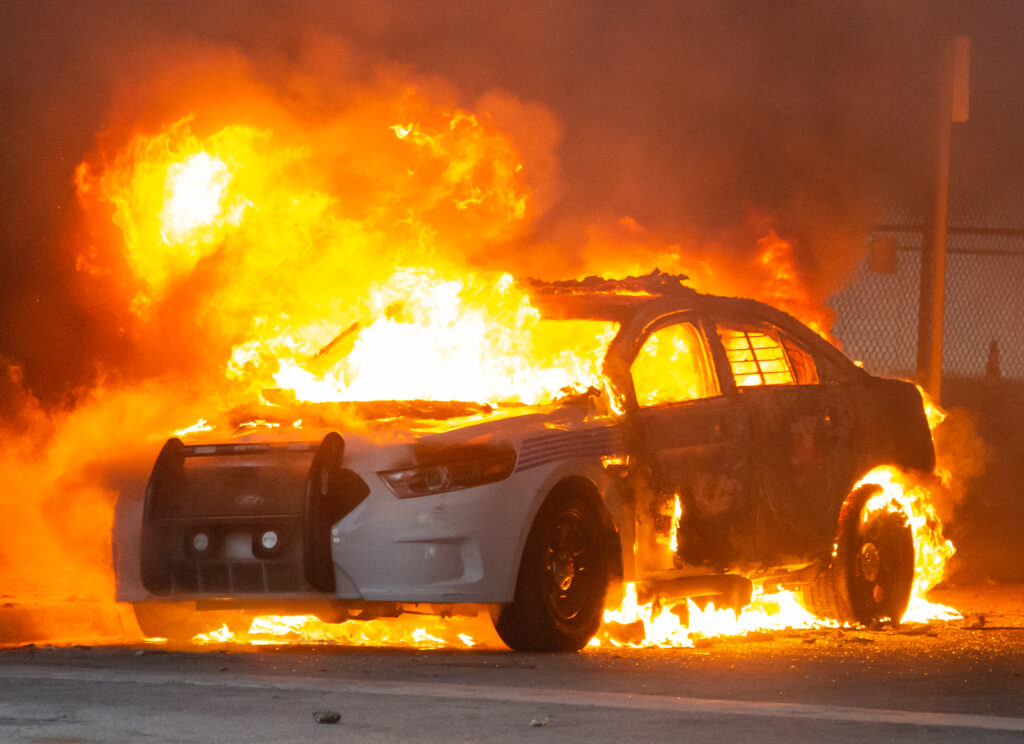
8. **Burning Smells**
A distinct, sharp, and often chemical odor emanating from your vehicle, especially after periods of heavy braking or driving on steep inclines, is a serious indicator of overheated brakes. This smell is not a normal byproduct of driving and should immediately command your attention. It’s your car’s way of signaling that extreme temperatures are affecting its crucial stopping components.
Overheated brakes can lead to a dangerous phenomenon known as “brake fade,” where the effectiveness of your braking system dramatically reduces, making it difficult or impossible to stop your vehicle safely. The cause could be anything from consistent, aggressive driving that overstrains the brakes to a malfunctioning brake caliper that has locked in place, causing continuous friction and heat buildup. As one expert source highlights, “A burning odor when braking indicates overheated brake components, often from stuck calipers or or extremely worn brake pads. This smell signals excessive heat buildup that can cause brake fade or component failure. Burning odors require immediate inspection and cooling down.”
If you detect such a burning smell, it is imperative to pull over to a safe location as soon as possible. Allowing the brakes to cool down is crucial. Check that your parking brake is fully disengaged, as a partially engaged parking brake can also cause overheating. If you observe any smoke originating from a wheel, it strongly suggests a brake caliper is malfunctioning and locked, making it unsafe to continue driving without immediate professional repairs. Timely action in response to a burning smell is key to preventing total brake failure and ensuring your safety.
Read more about: 15 Simple Warning Signs: How to Spot a Failing Transmission Before It Leaves You Stranded

9. **Increased Stopping Distance**
One of the most insidious and dangerous brake problems is a gradual but noticeable increase in the distance required to bring your vehicle to a complete stop. Unlike sudden failures, this issue can develop subtly over time, often making drivers unconsciously adapt their driving habits rather than addressing the underlying problem. This reduced stopping power significantly compromises your ability to react to sudden hazards on the road.
This decline in braking efficiency can stem from several issues within the braking system. It often points to deteriorating brake pad material that has lost its friction capabilities, or a general loss of system efficiency due to various components wearing out. As vehicle owners might notice, “Does stopping your vehicle take longer than usual, even in good weather? Reduced stopping power could mean several things, including failing brakes.” This gradual but critical change demands immediate investigation, as it directly impacts vehicle safety.
The implications of increased stopping distance are profound, especially in emergency situations where every foot matters. What might feel like a minor inconvenience during routine driving can transform into a catastrophic failure to avoid an accident. Therefore, if you find your vehicle consistently requires more pavement to halt, it signifies “declining braking power that needs professional evaluation before becoming dangerous.” Promptly scheduling a professional brake inspection is not just recommended; it’s essential for preventing potential collisions and ensuring peace of mind on the road.
Read more about: Decoding the Charge: 15 Electric Vehicles Redefining Fast Charging for the Modern Driver
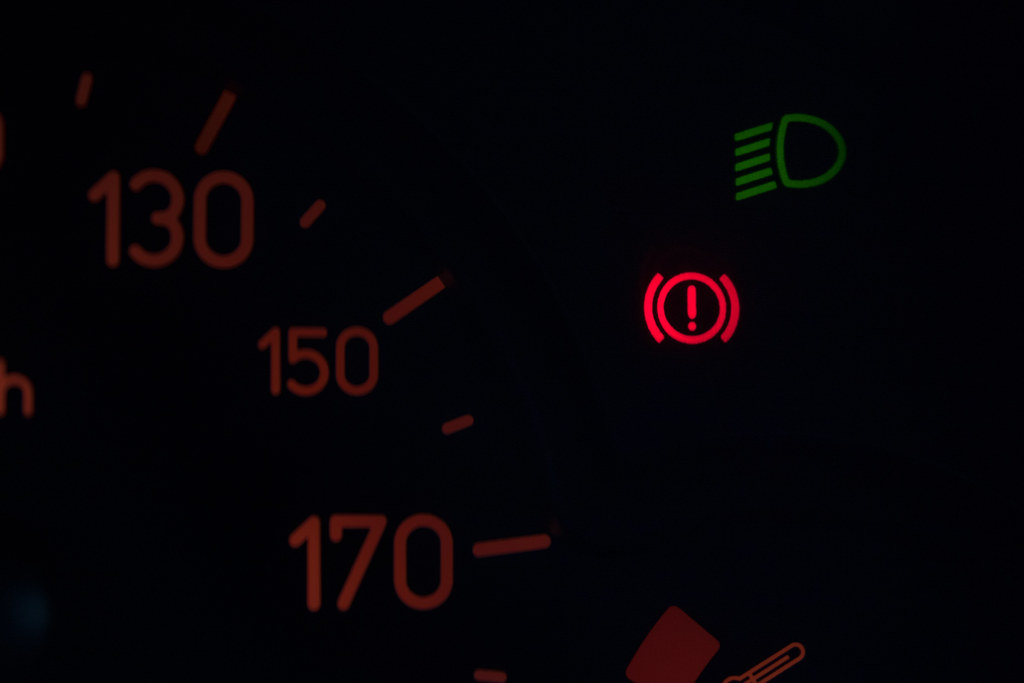
10. **Brake Pad Indicator Light**
While the general brake warning light covers a spectrum of potential issues, many modern vehicles are equipped with a more specific dashboard alert: the brake pad indicator light. This specialized light is a crucial advancement in vehicle safety, designed to provide a direct warning about the most frequently worn component of your braking system—the brake pads. It serves as a proactive notification, allowing you to address wear before it escalates to more severe damage.
This indicator typically illuminates when sensors embedded within your brake pads detect that the friction material has worn down to a critical level. It’s distinct from the general brake light, focusing specifically on the thickness of your brake pads. As the context notes, “Some newer models have a sensor and light telling you your brake pads are getting thin.” This intelligent design ensures you are informed precisely when replacement is due, preventing the pads from wearing completely through and damaging other expensive components like the rotors.
Upon seeing your brake pad indicator light illuminate, it’s a clear signal that your brake pads require inspection and likely replacement in the near future. While it may not demand immediate roadside stop like a complete brake fluid loss, ignoring this light can lead to significant cost implications and safety risks. Continuing to drive on excessively thin pads can cause “metal components like calipers are now directly pressing against the rotors,” leading to grinding noises and costly rotor replacement. Therefore, consider this light an urgent reminder to schedule a visit to a certified mechanic to maintain your braking system’s integrity and safety.
Read more about: The 14 Essential Questions to Ask Before Buying a Car: Your Comprehensive Guide to Safety and Value
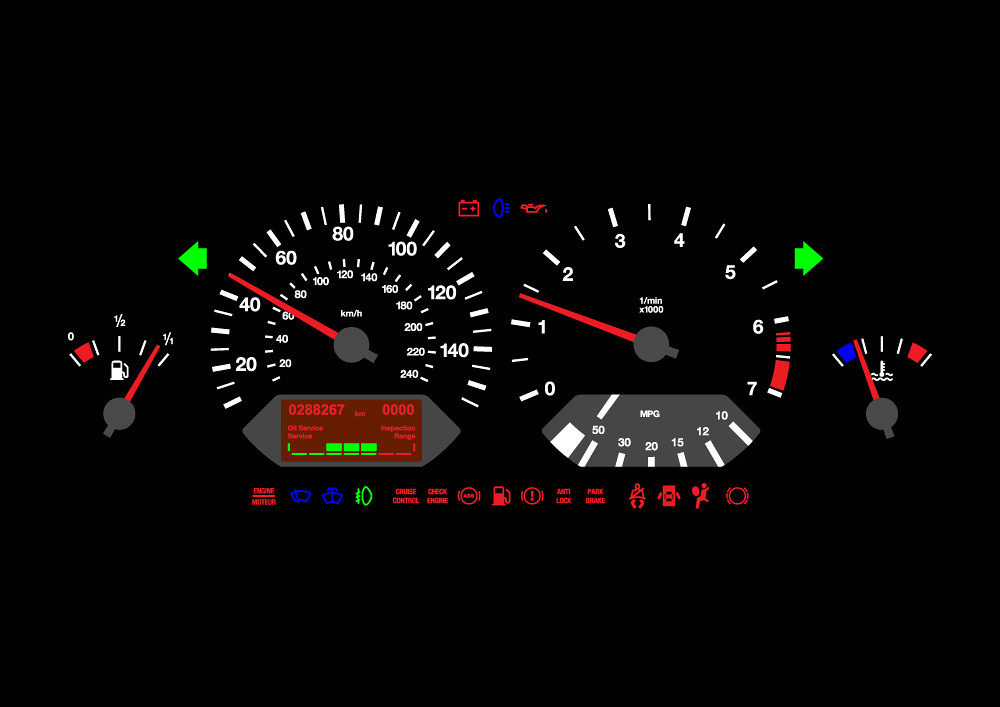
11. **Brake Fluid Level Indicator Light**
Among the array of specific dashboard warnings, the Brake Fluid Level Indicator light stands out as a critical alert directly related to the hydraulic heart of your braking system. Unlike a general brake light that can signify various problems, this indicator specifically warns when the brake fluid levels in your master cylinder are low. Given brake fluid’s indispensable role in transmitting braking force, this light should never be ignored.
Brake fluid is the medium through which the pressure from your foot on the pedal is converted into the force that stops your wheels. If the fluid level drops below a safe threshold, the hydraulic pressure necessary for effective braking cannot be adequately generated or maintained. This can lead to a diminished braking response, or, in severe cases, a complete loss of braking ability. As stated in the context, this light “will flash when your brake fluid levels are low.”
A low brake fluid level might be due to normal wear and tear on your brake pads (which causes the fluid level to drop slightly as calipers extend), but it can also signify a more serious problem like a leak within the brake lines, calipers, or the master cylinder itself. The context suggests, “You may be able to top off the fluid to keep your brakes functioning properly,” but also advises, “or stop by your local Les Schwab and we’ll give you a hand.” While topping off fluid might offer a temporary fix, any persistent low fluid level requires immediate professional inspection to rule out dangerous leaks and ensure the integrity of your entire braking system.
Read more about: Unlocking Dealership Gold: 15 Proven Strategies Car Dealers Use to Maximize Profit on Every Sale and Secure Their Future

12. **Brake Pedal Goes to the Floor**
Experiencing your brake pedal sink completely to the floorboard with little to no resistance is arguably the most alarming and dangerous brake warning sign a driver can encounter. This is not merely a “spongy” or “soft” pedal, but a severe malfunction indicating a catastrophic loss of hydraulic pressure within your braking system. When this occurs, your vehicle’s ability to stop is severely compromised, demanding immediate emergency action.
This critical symptom often points to profound failures such as a total loss of brake fluid due to a ruptured line, a major leak, or a complete failure of the master cylinder. As described by experts, “When your brake pedal travels completely to the floor without resistance, you’re experiencing one of the most serious symptoms possible. This condition indicates total brake system failure, often caused by brake fluid loss or master cylinder failure.” In such a scenario, the hydraulic system that connects your pedal to the brakes has ceased to function effectively.
If you encounter a brake pedal that goes to the floor, conventional braking is no longer an option. It is imperative to “use emergency braking procedures immediately and stop driving.” This means utilizing your parking brake carefully and gradually, downshifting to a lower gear to leverage engine braking, and activating hazard lights to alert other drivers. Given the extreme danger, your vehicle should not be driven under any circumstances until a professional diagnoses and thoroughly repairs the underlying cause of this severe brake system failure.
Read more about: Fort Knox on Wheels: The Ultimate Guide to 15 Anti-Theft Devices That Keep Your Classic Car Safe and Sound

13. **Anti-Lock Brake (ABS) Lights**
Modern vehicles are equipped with sophisticated Anti-lock Braking Systems (ABS) designed to prevent wheels from locking up during hard braking, thereby allowing the driver to maintain steering control. When functioning correctly, the ABS light briefly illuminates upon starting the vehicle and then extinguishes. However, if this light remains on after starting or illuminates while driving under normal conditions, it signals a problem within the ABS.
An illuminated ABS warning light indicates that the system is not operating as it should, potentially due to faulty sensors, a problem with the ABS module, or other electrical issues. While your conventional brakes may still function, a compromised ABS means you will lose the anti-lock feature in emergency stopping situations. As the context clearly states, “your ABS lights should come on when your vehicle actively uses ABS in an event like a snowstorm or heavy rain. At any other time, the ABS light should not be on.” This distinction is critical for drivers to understand.
While the main braking system might still be operational, the absence of ABS functionality can significantly increase stopping distances and reduce steerability on slippery surfaces or during sudden stops. Therefore, “Consider this a pleasant reminder to get your brake system serviced” if your ABS light stays on. A professional diagnosis is necessary to identify the specific fault and restore the full safety capabilities of your vehicle’s braking system, ensuring you have every available tool for safe driving.
Read more about: 10 Unexpected Ways Your New Car Insurance Policy Can Beat Your Old One’s Price
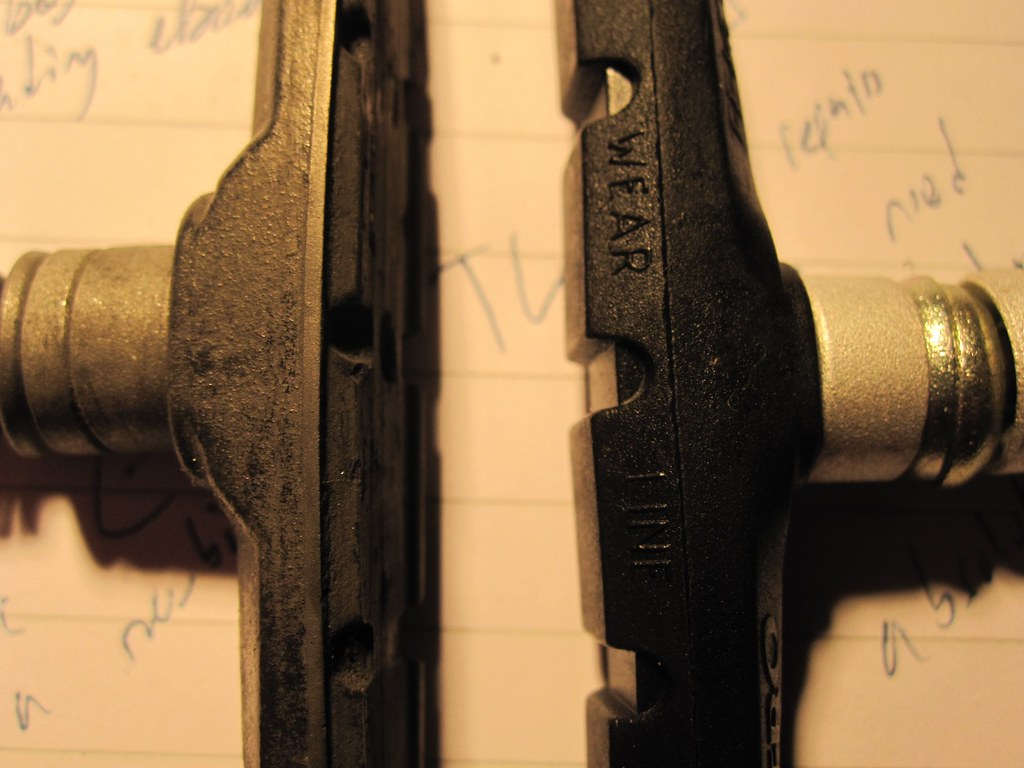
14. **Visual Inspection of Brake Pads**
Beyond relying on dashboard lights and auditory cues, a proactive visual inspection of your brake pads is a fundamental aspect of brake maintenance that any driver can perform. This hands-on check allows you to directly assess the wear level of your brake pads, providing crucial insights into their remaining lifespan and helping you plan for replacements before they become urgent. It’s a simple yet effective way to maintain peace of mind about your vehicle’s stopping power.
For many vehicles, you can observe the brake pads by looking through the spokes of your wheels, often with the aid of a flashlight. What you’re looking for is the thickness of the friction material on the pad, often compared to the visible wear indicators. The context advises, “Brake pads have visible indicators that you can see with a flashlight. If the indicator is gone, you’ll need new brake pads.” These indicators are small metal pieces or grooves designed to provide a clear visual cue when the pads are nearing their minimum safe thickness.
Ideally, your brake pads should have a significant amount of material remaining. If the friction material appears very thin—typically less than a quarter-inch, or if the wear indicator is flush with the rotor or completely gone—it’s a definitive sign that replacement is overdue. Even if you don’t hear squealing or grinding, a visual inspection can reveal silently worn pads. Regularly checking your brake pads, even if you don’t perform the service yourself, empowers you to “spot these issues before they become a problem” and allows for timely intervention, potentially saving you from more costly repairs to rotors or calipers down the line.
Read more about: The 14 Essential Questions to Ask Before Buying a Car: Your Comprehensive Guide to Safety and Value
Understanding and acting upon these critical brake warning signs is not just about extending the life of your vehicle; it’s about prioritizing your safety and the safety of everyone on the road. Your car communicates its needs through a symphony of signals, from the subtle hum to the glaring dashboard light. Being attuned to these messages empowers you to make informed decisions, ensuring your braking system remains a reliable guardian on every journey. Don’t let uncertainty dictate your safety; embrace the knowledge and proactive maintenance that keep your wheels turning and, more importantly, stopping securely.

